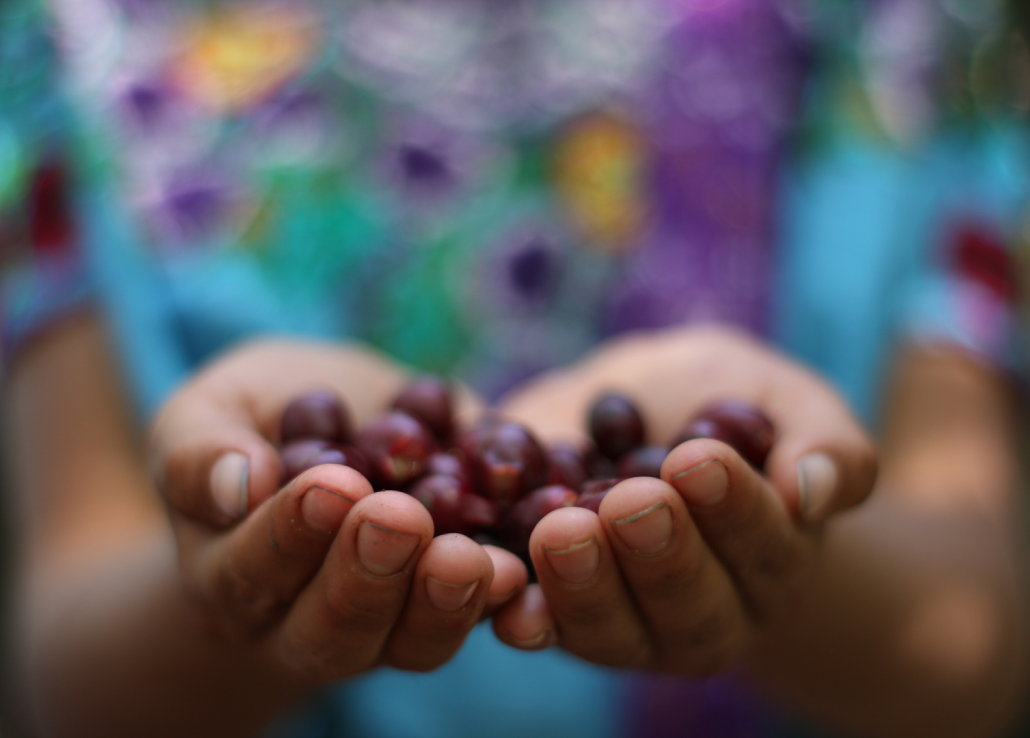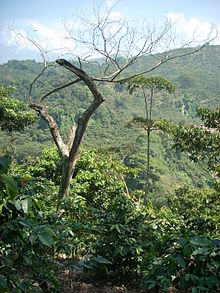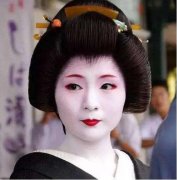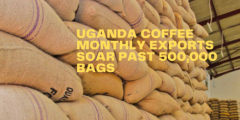The story of Santa Felisa Manor in the coffee producing area of Guatemala the process of planting coffee beans in Guatemala
Finca Santa Felisa was founded by Mr. Trinidad E. Cruz in 1904. The farm has developed into the Mayan Kakchiquel district, working with local families, some of whom still work on the farm!
Santa Felisa is located in the microclimate zone of Akatnango volcanic Valley. The best weather conditions allow the beans to ripen slowly, absorbing all the nutrients needed for a perfect balance of carbonic acid, resulting in a good cup profile. This organic coffee is described as having floral and orange aromas as well as clean and smooth aromas. It has medium tropical fruit type acidity, good fusion, medium-bodied wine. The crisp taste of apple, caramel and chocolate delights the picky palate, giving them a long, delicate and pleasant finish.
Santa Felisa attaches great importance to the cultivation of land. They avoid using synthetic pesticides, reforestation to protect watersheds and avoid diseases and insect pests by pruning, weeding, removing fruit stalks and avoiding leaving residual fruit in the field after harvest. Elsinea Foetidia (a red worm) compost pulp was used as fertilizer to enter the plantation. Also socially aware, Santa Felisa never uses child labour and has primary schools and day-care centres on the farm. In addition, they provide Mayan handicraft training courses for farm women and the nearest towns to promote community integration and perpetuate the richness of Mayan culture.
Saint Felicia Manor is located in the high south of Akatnango volcanic area (Volan Acatenango). Coffee cherries ripen slowly, with bright acidity and surprise sweetness, and have the advantage of a balanced lake, while St. Felisa Manor has a rare green apple, peach, cream chocolate, thousands of pure floral aroma and delicate taste. Saint Felicia Manor is also the designated bean of the 2012 World Baking and baristas Competition World Roaster & Barista Cup.

San Felicia is already a fourth-generation coffee producer and currently manages and operates Santa Felisa, Los Jutes and Parraxaj:Anabella, Antonio and Ana Lucia Meneses.
Anabella implemented the eco-focused concept of precision agriculture 10 years ago, working with communities and understanding natural systems. As baristas and cup testers, growers can also make coffee. At Santa Felisa, we improve this art by keeping every record and improving every process from seed to export batch. We create, balance and reinforce the characteristics of exotic and elegant coffee.
The art of fine-tuning flavor production begins by selecting the best seeds tested in our own soil so that they can grow in ideal coffee eco-agricultural conditions; by using shade planting systems and promoting biodiversity in plantations and soils. Then, we only choose the ideal ripe cherry with 18 to 23 sugar content. The second is the fermentation and drying process, strictly monitoring every action along the way.
When cherries are sent to a wet mill, it is important to wash cherries before exposing them to different fermentation and drying stages. This will directly improve the natural quality brought by each variety and will be immediately highlighted in the outline of the cup. Air, temperature and sunlight are completely conducive to the perfect fermentation of ripe cherries.

Our drying method is viaduct bed and concrete terrace. For natural coffee, we prefer to use elevated beds because the drying process provides a milder and constant air flow that moves around the cherries, providing a uniform drying process; in addition, for those responsible for flipping cherries, it is better ergonomically.
We protect beans from direct sunlight. Temperature control is very important, which will limit the ecological succession of the microbes responsible for producing the secondary metabolites we want. Most of the coffee batches we produce at Santa Felisa are inoculated with microbes present in the farm microbiota, which provides very interesting results in the cup.
Important Notice :
前街咖啡 FrontStreet Coffee has moved to new addredd:
FrontStreet Coffee Address: 315,Donghua East Road,GuangZhou
Tel:020 38364473
- Prev

Why is Rose Summer called Rose Summer? Stop calling him "geisha". History and development story of Rosa coffee beans.
It has been 14 years since geisha coffee entered the boutique coffee industry at the best auction stage in Panama in 2004. Since then, the variety has broken the auction price record many times, helped win the barista competition and brought an amazing sense of taste to people all over the world. But the problem is: it works with Japanese artists
- Next

Uganda Coffee beans are expected to be exported to China in large quantities.
Uganda's coffee exports in June 2021 were 618388 bags of 60 kg bags worth US $58.56 million, the highest in a single month since 1991. This includes 565449 bags of robusta coffee valued at $50.25 million and 52939 bags of Arabica coffee valued at $8.31 million, according to UCDA's monthly report in June 2021. In the same month as last year
Related
- Detailed explanation of Jadeite planting Land in Panamanian Jadeite Manor introduction to the grading system of Jadeite competitive bidding, Red bid, Green bid and Rose Summer
- Story of Coffee planting in Brenka region of Costa Rica Stonehenge Manor anaerobic heavy honey treatment of flavor mouth
- What's on the barrel of Blue Mountain Coffee beans?
- Can American coffee also pull flowers? How to use hot American style to pull out a good-looking pattern?
- Can you make a cold extract with coffee beans? What is the right proportion for cold-extracted coffee formula?
- Indonesian PWN Gold Mandrine Coffee Origin Features Flavor How to Chong? Mandolin coffee is American.
- A brief introduction to the flavor characteristics of Brazilian yellow bourbon coffee beans
- What is the effect of different water quality on the flavor of cold-extracted coffee? What kind of water is best for brewing coffee?
- Why do you think of Rose Summer whenever you mention Panamanian coffee?
- Introduction to the characteristics of authentic blue mountain coffee bean producing areas? What is the CIB Coffee Authority in Jamaica?

